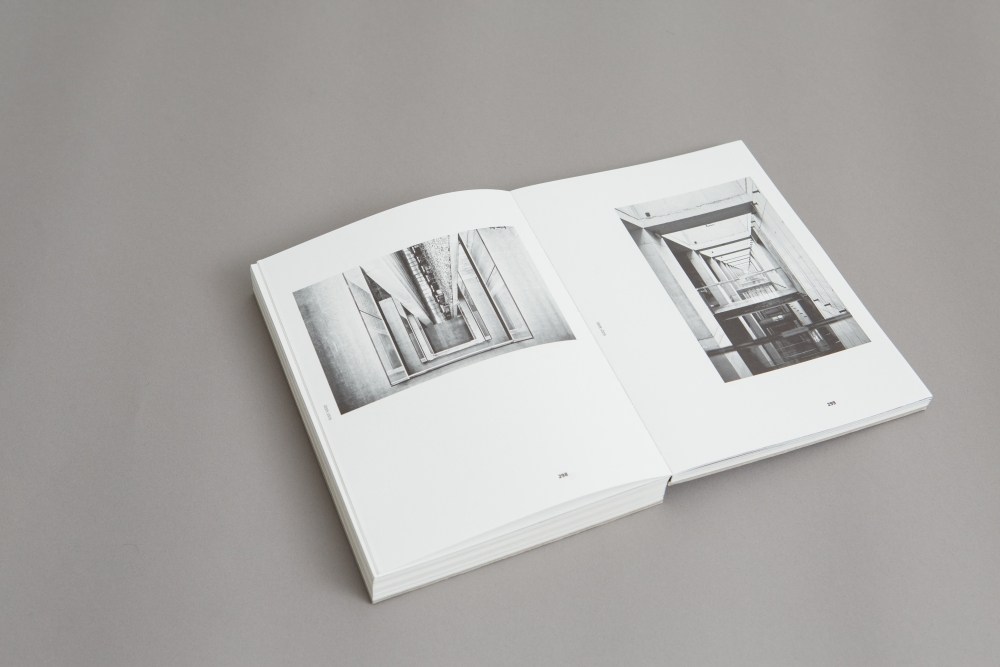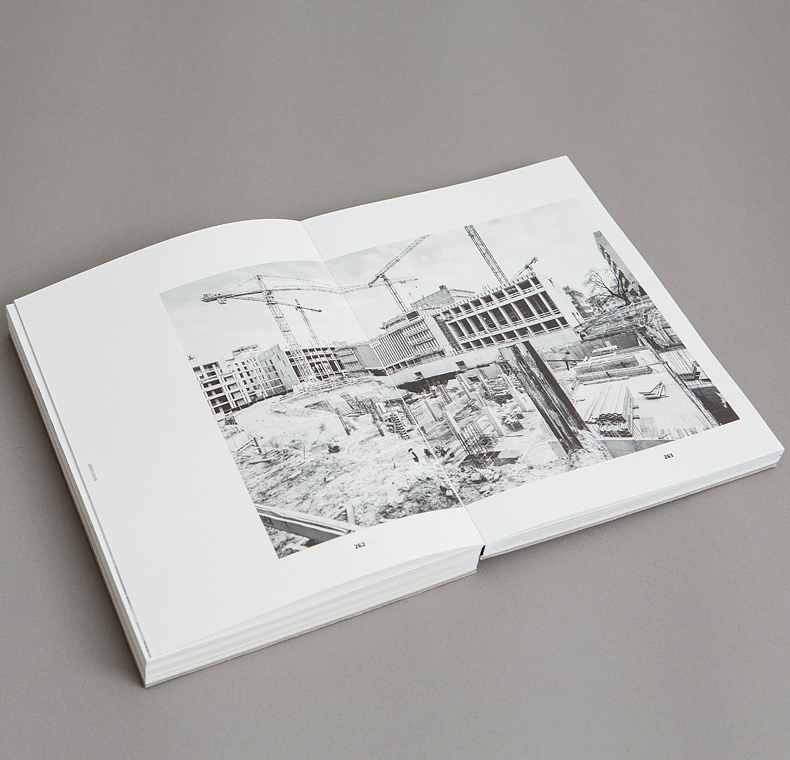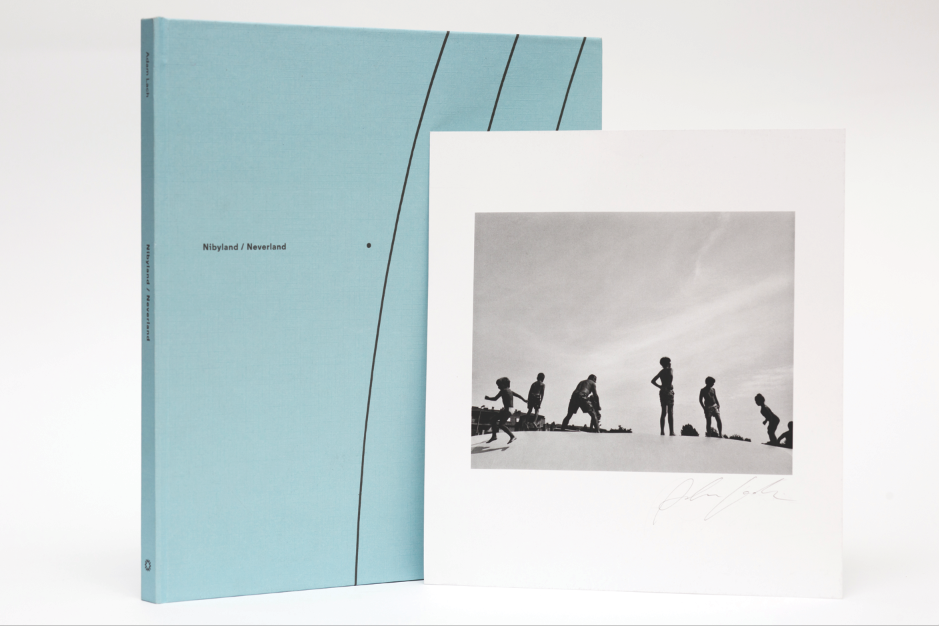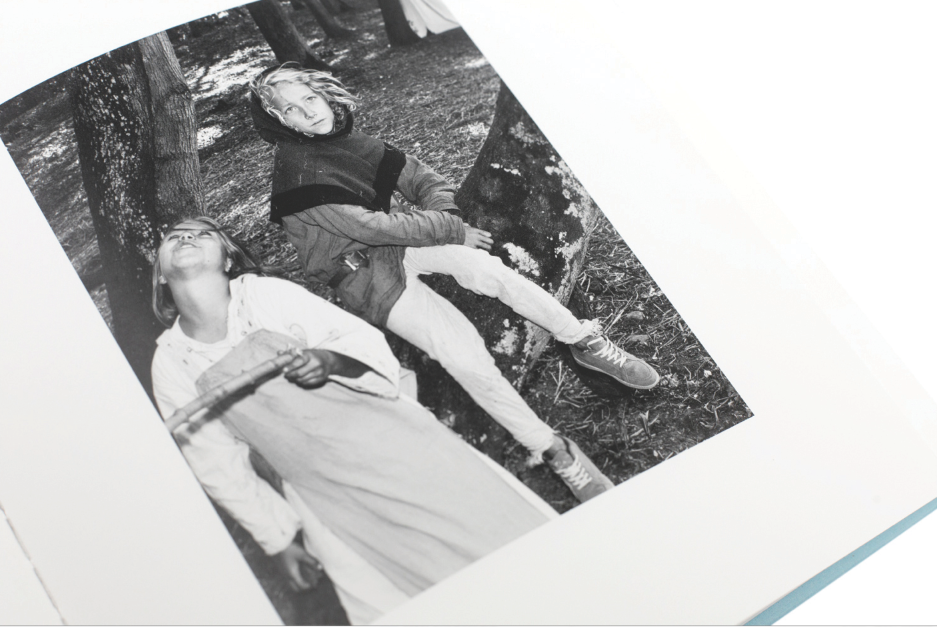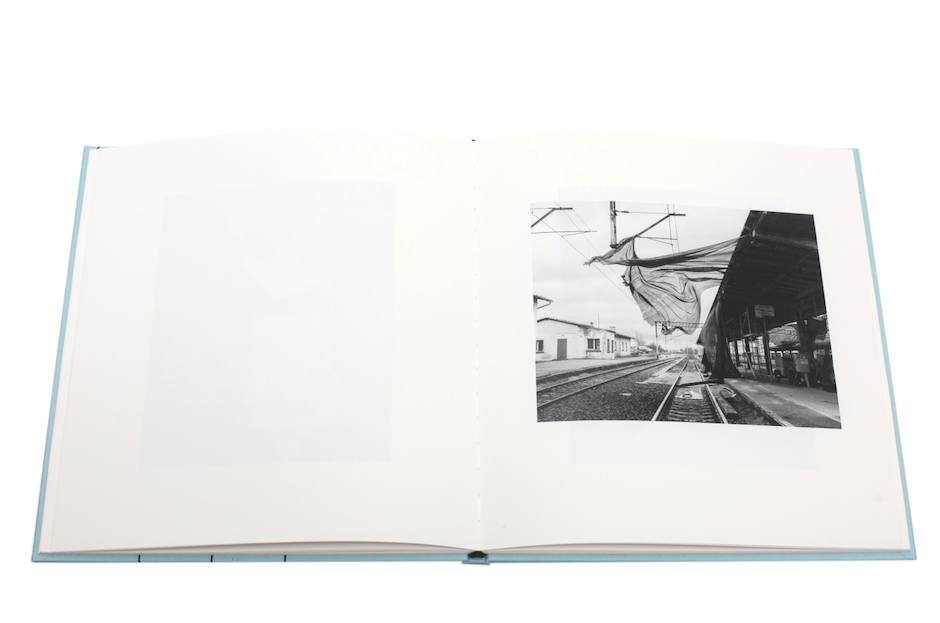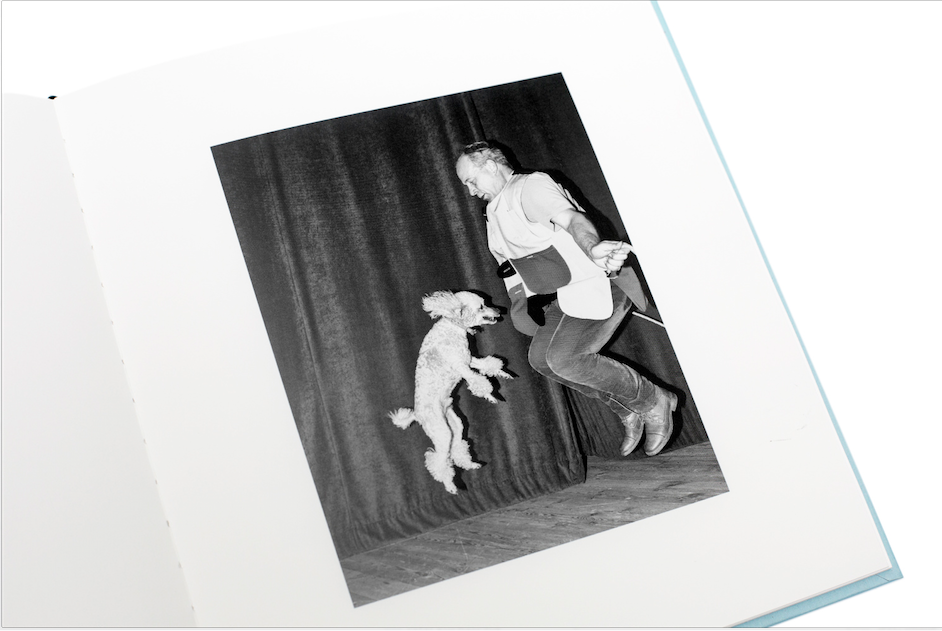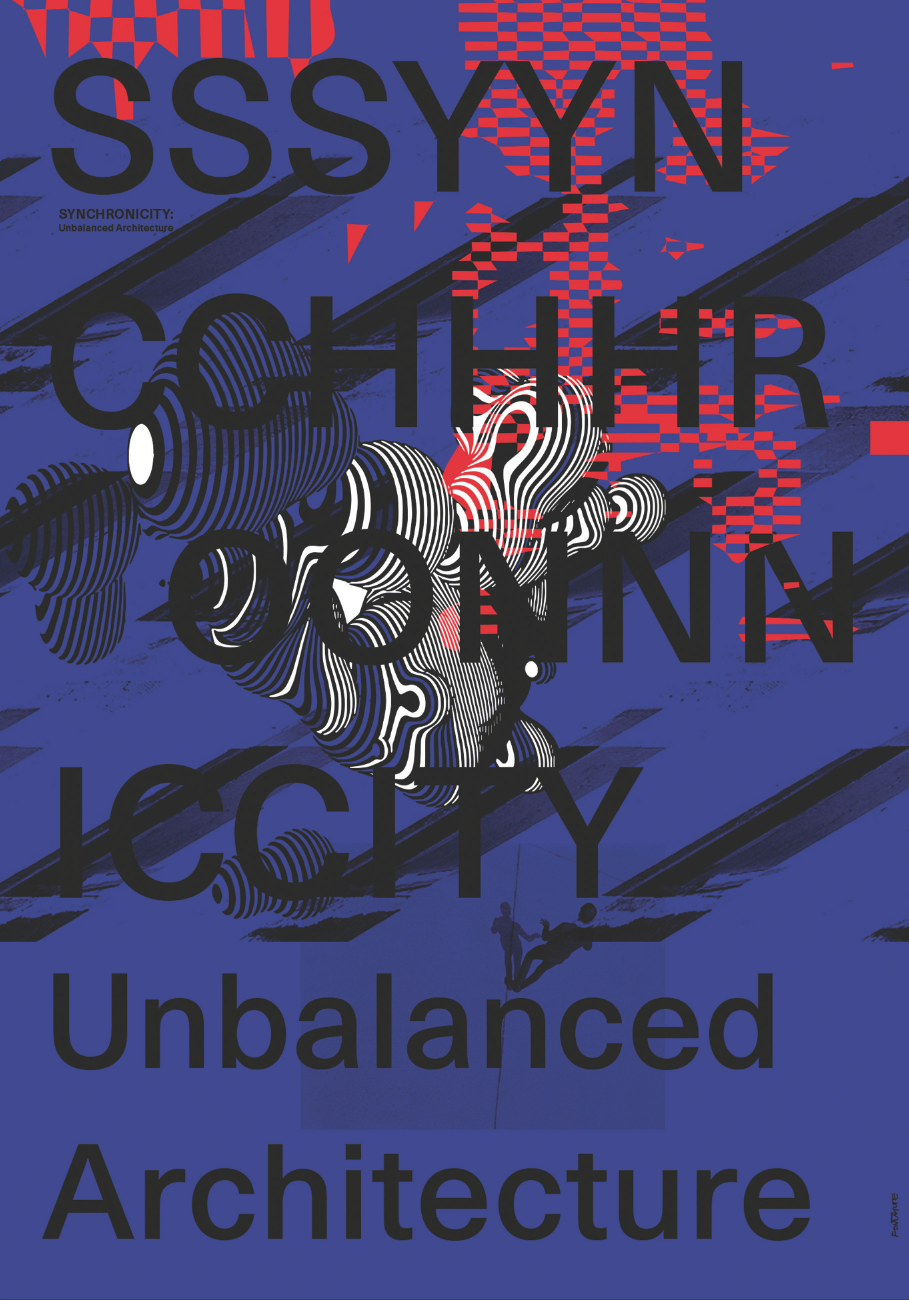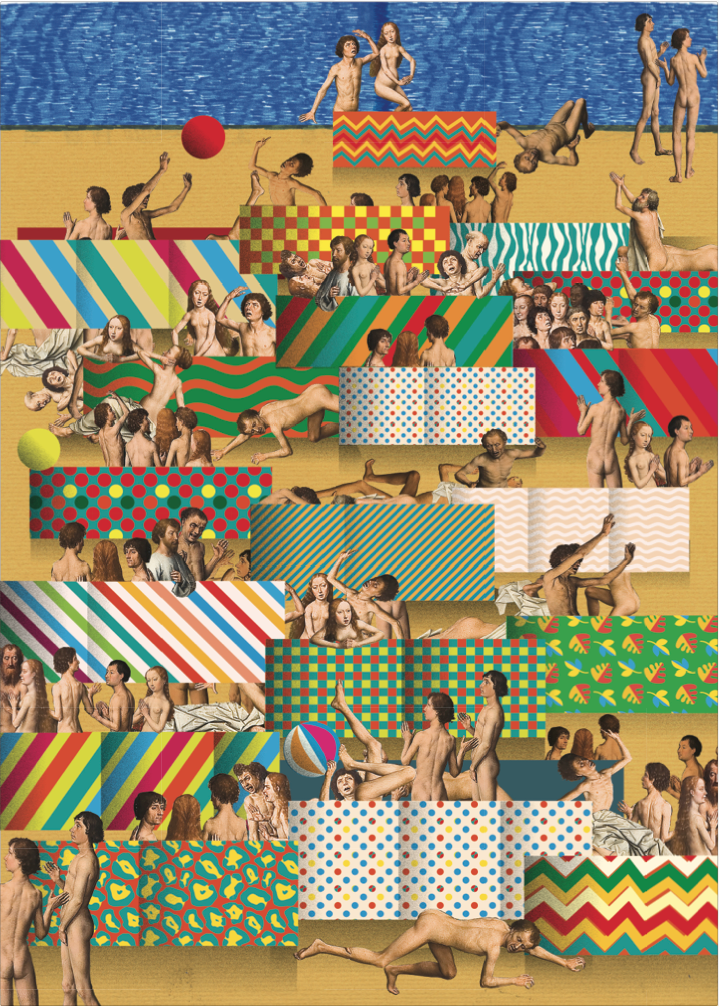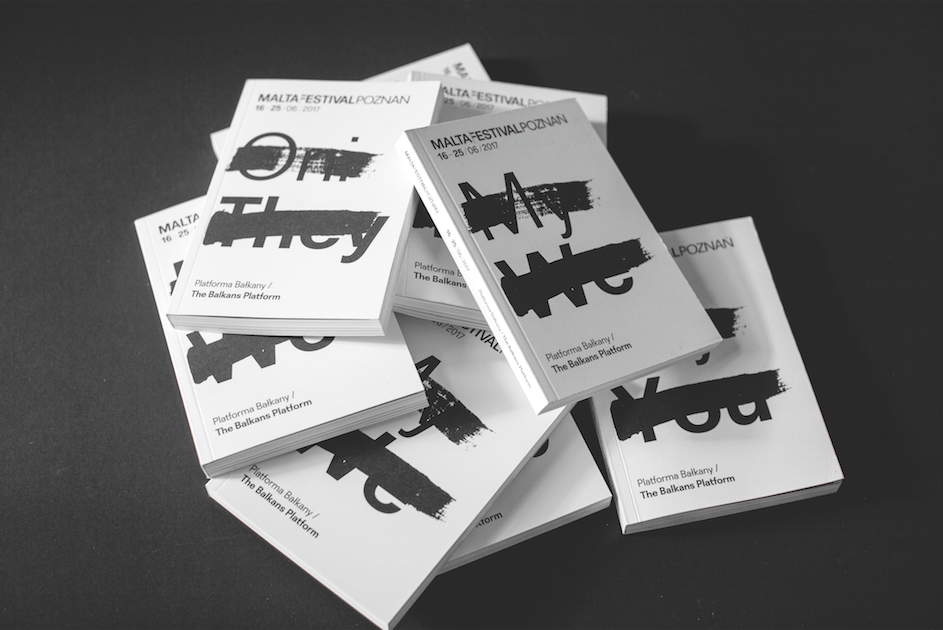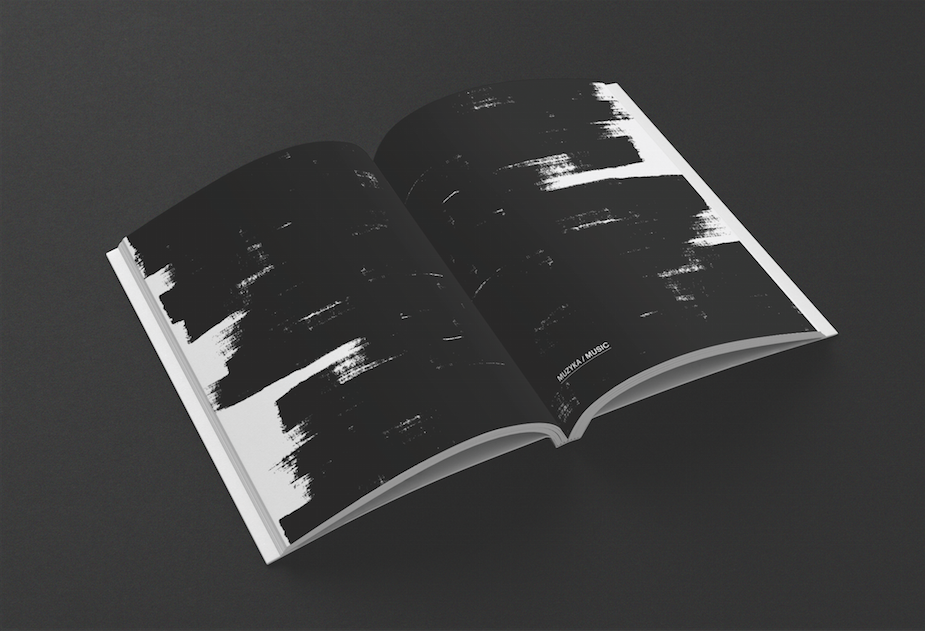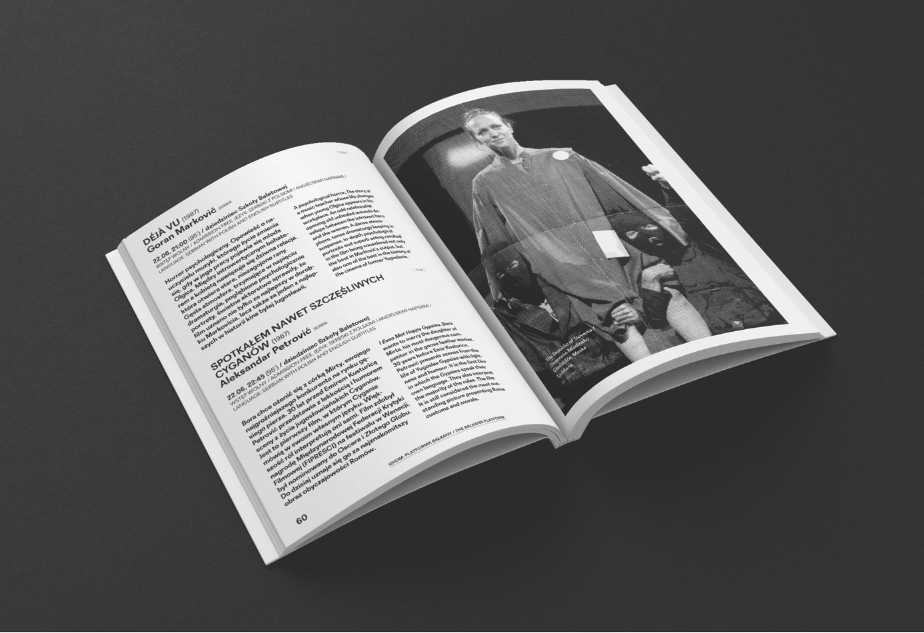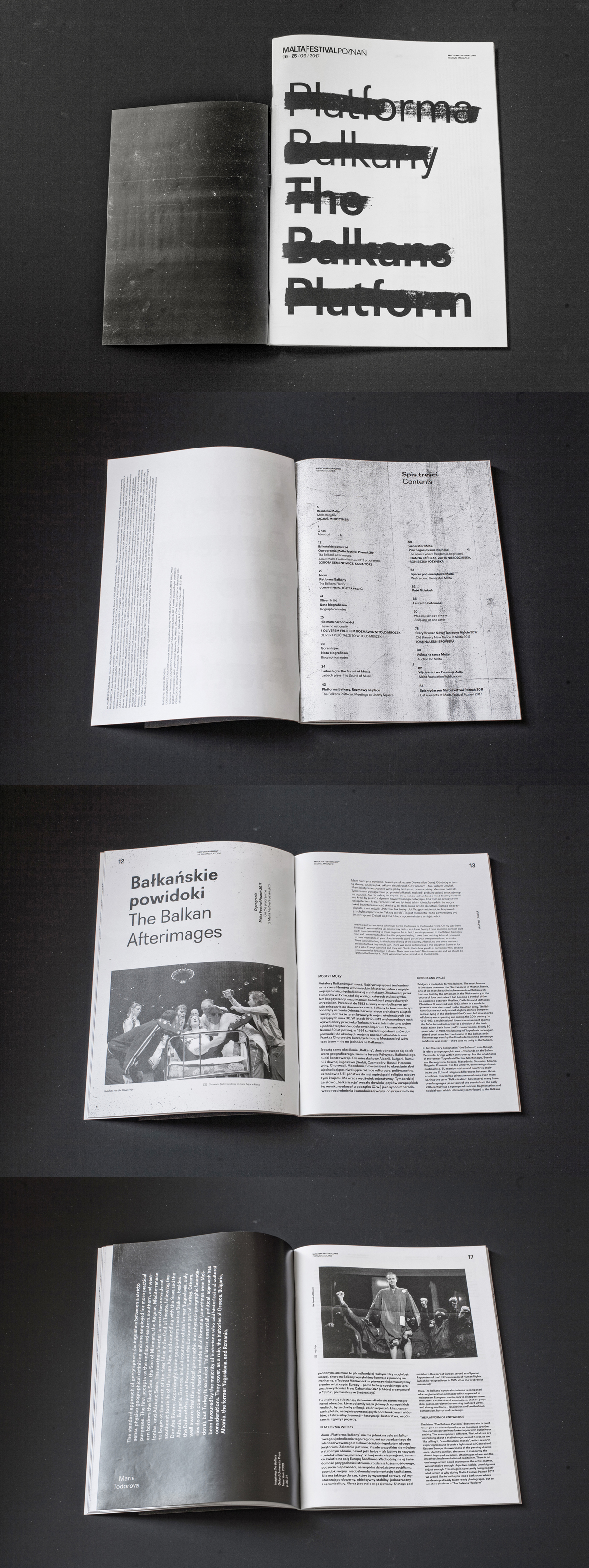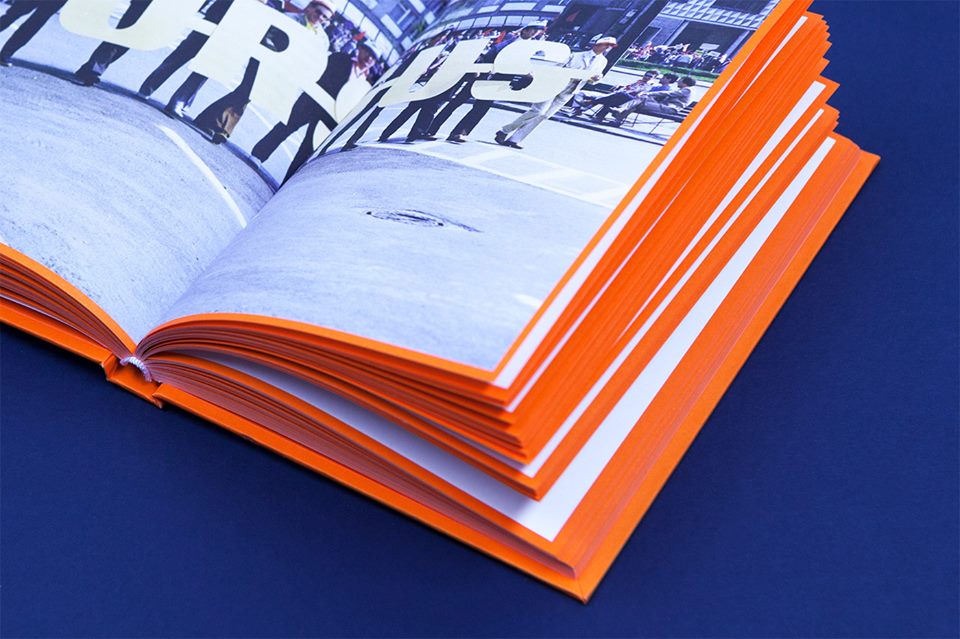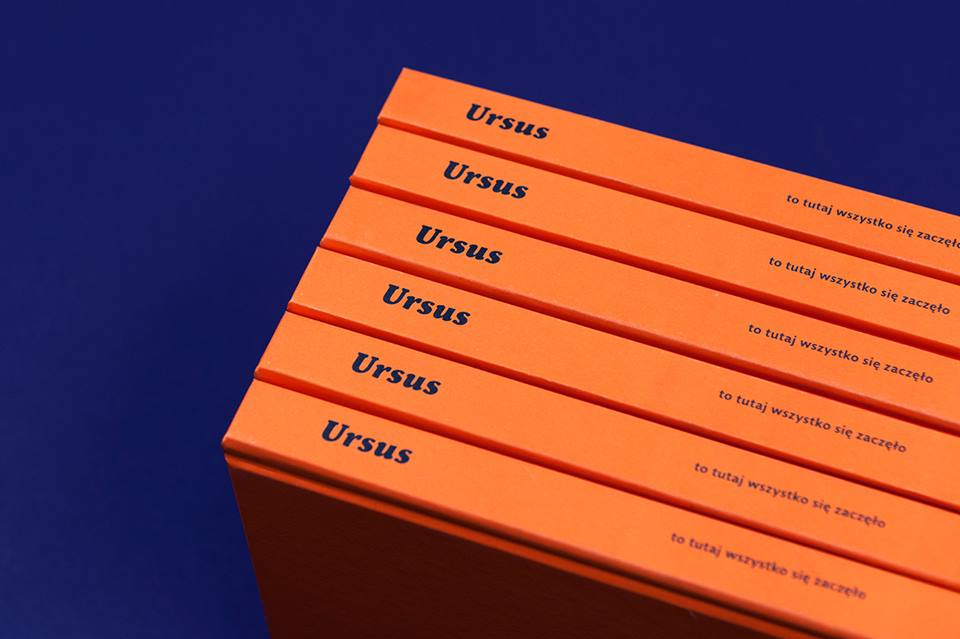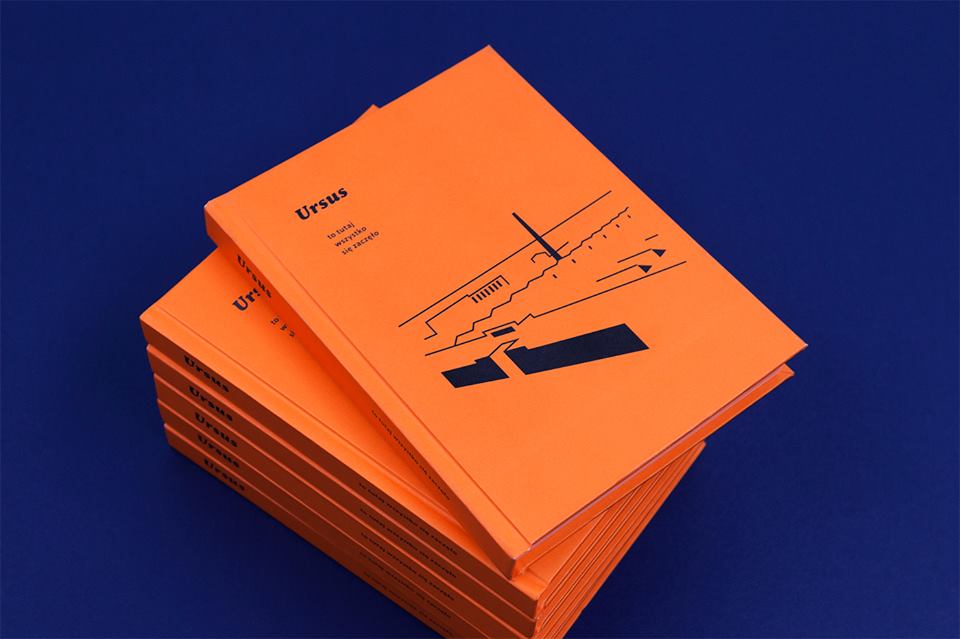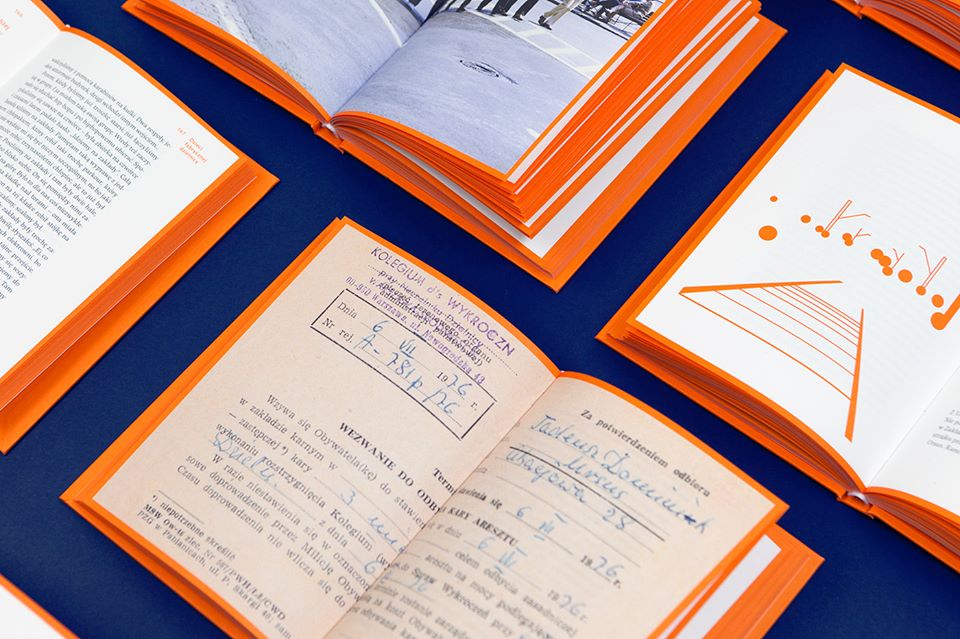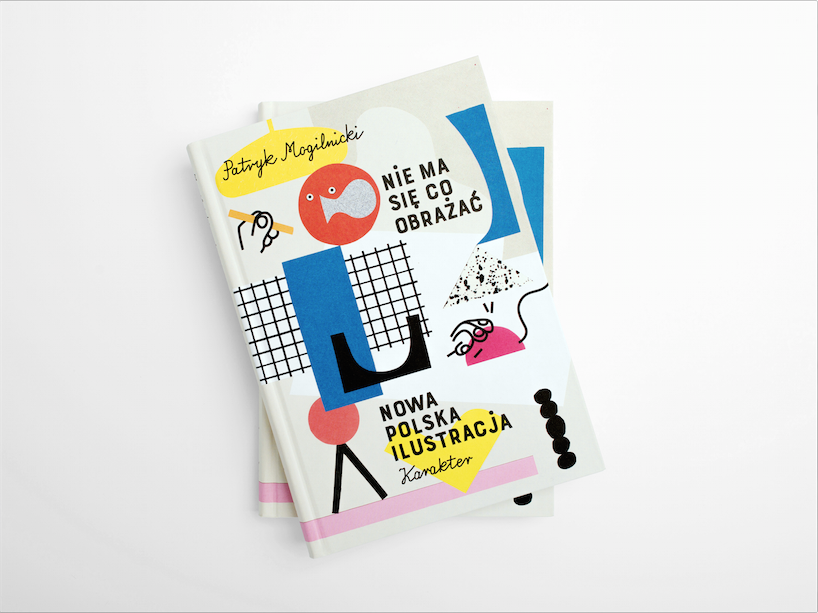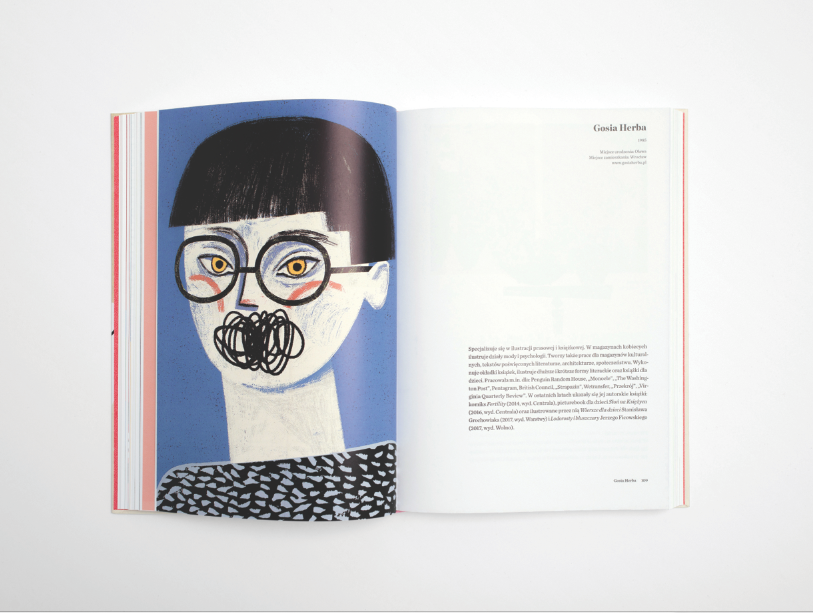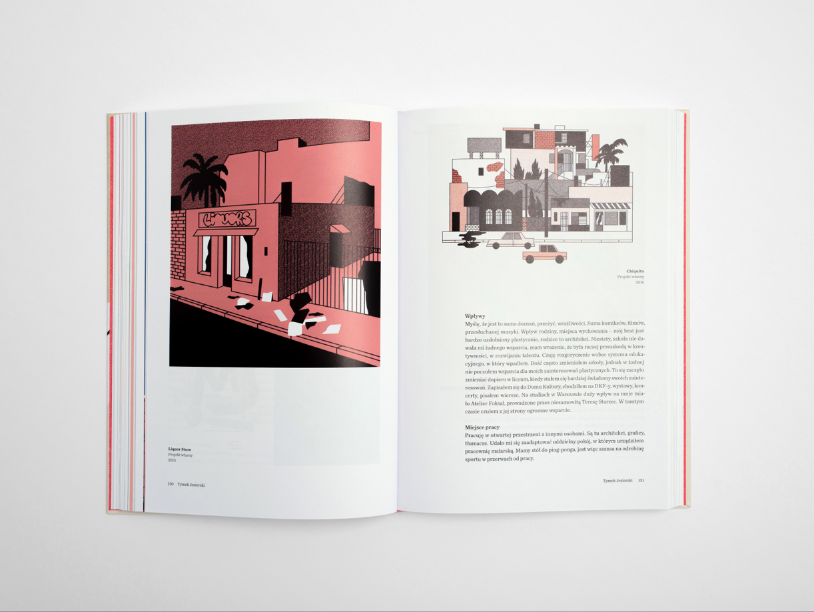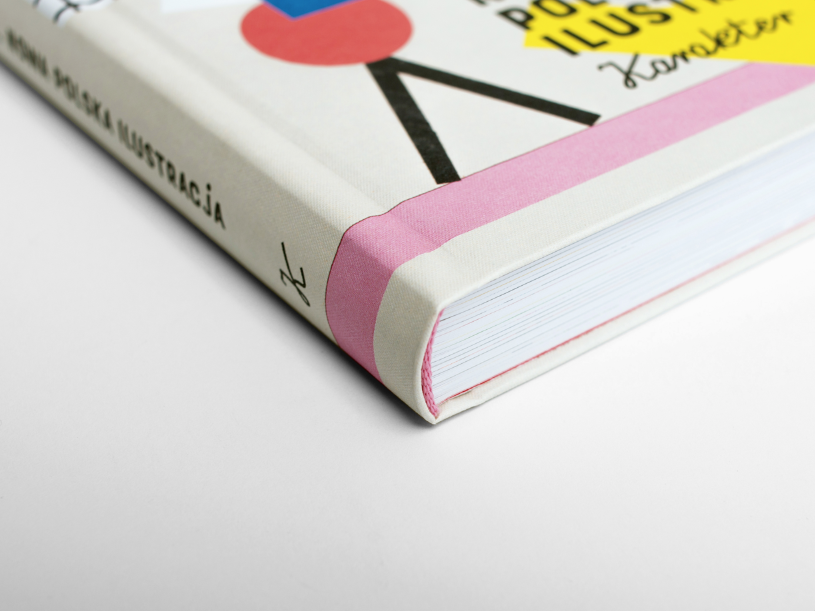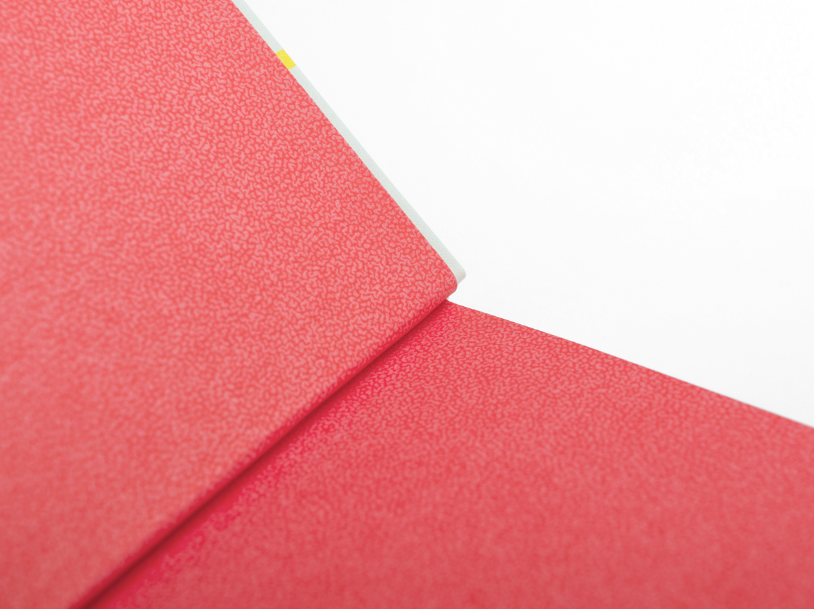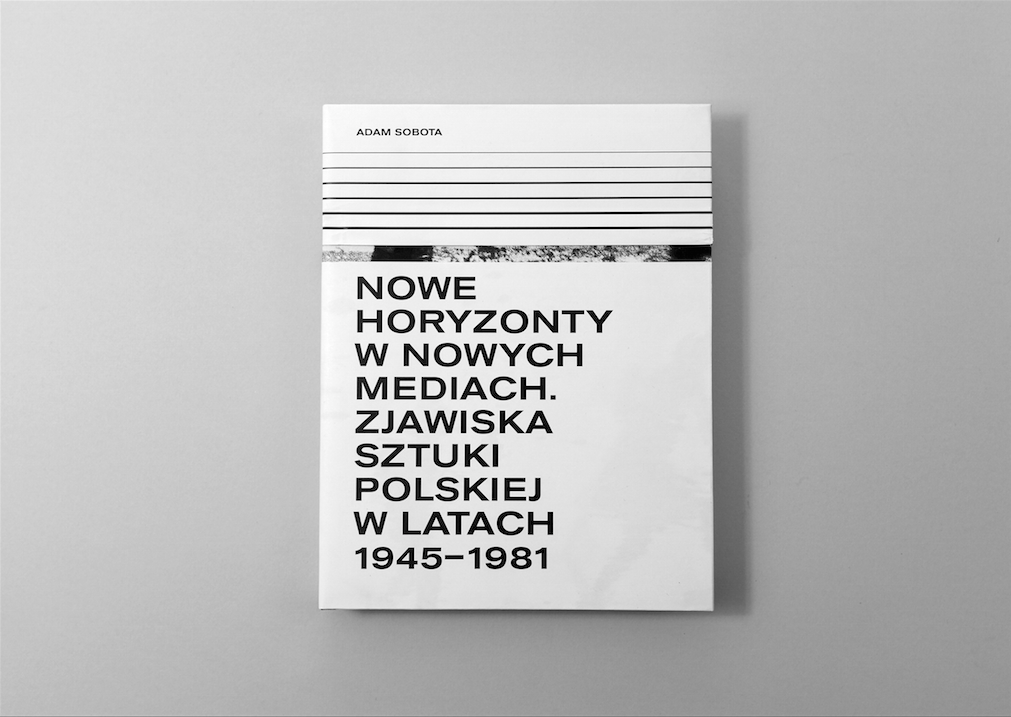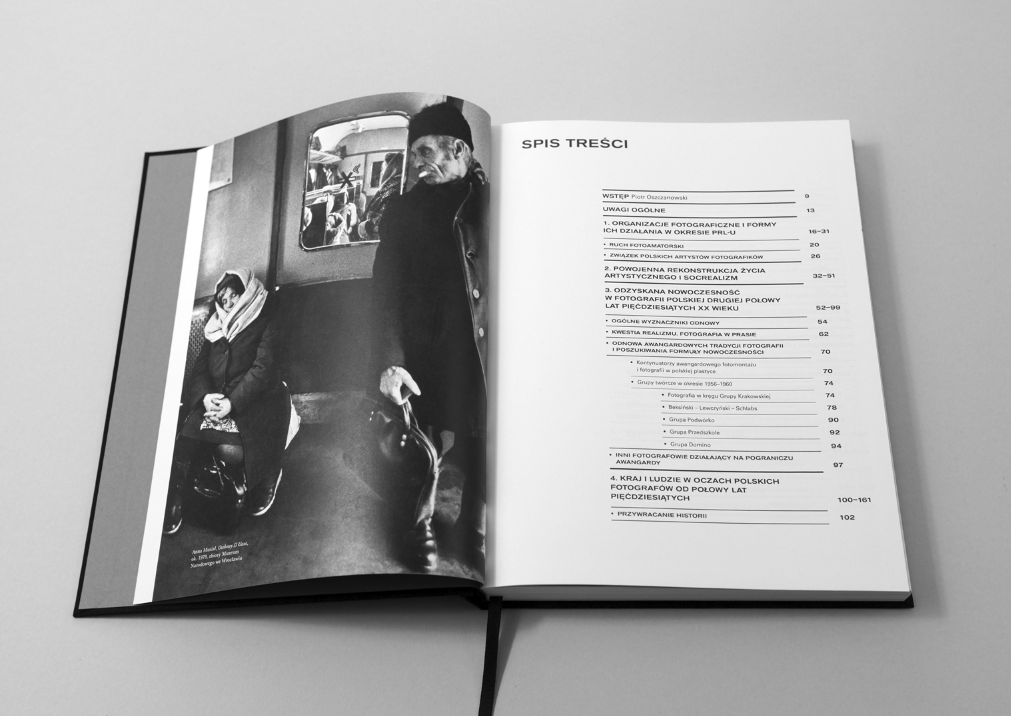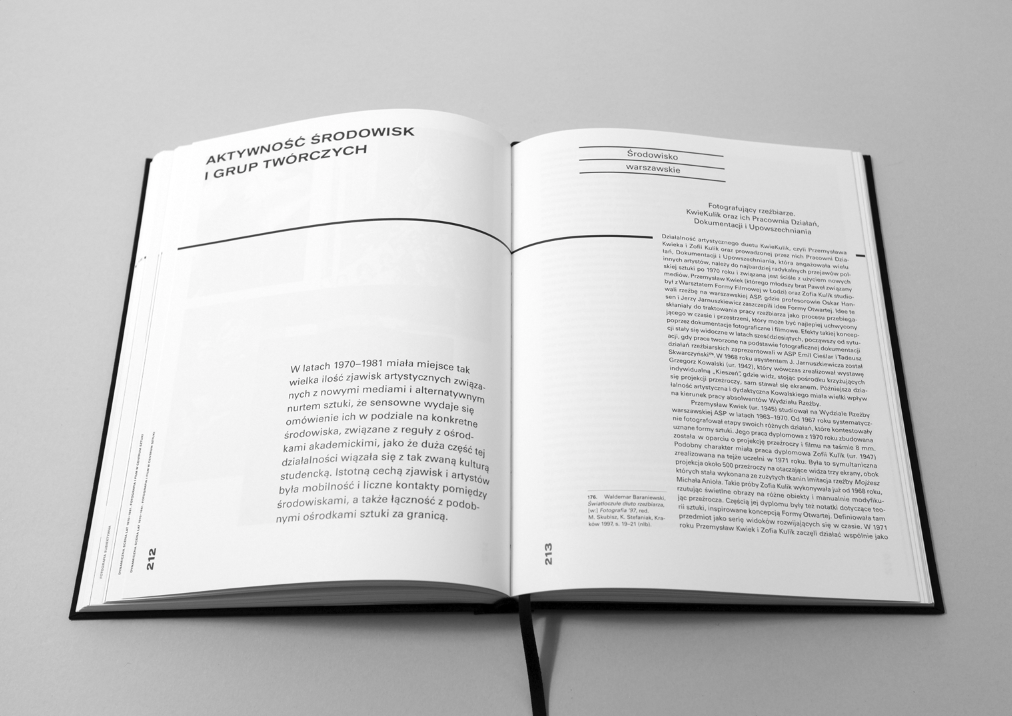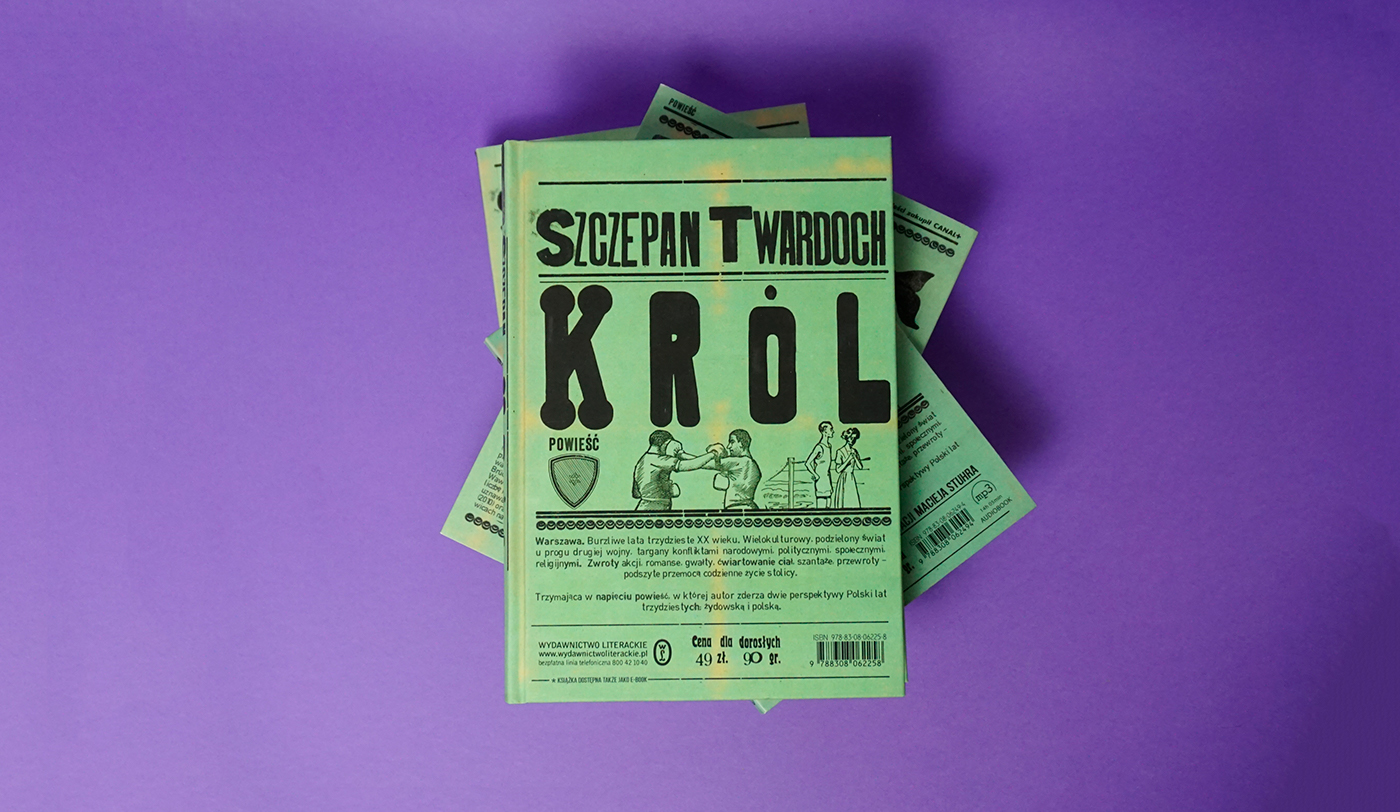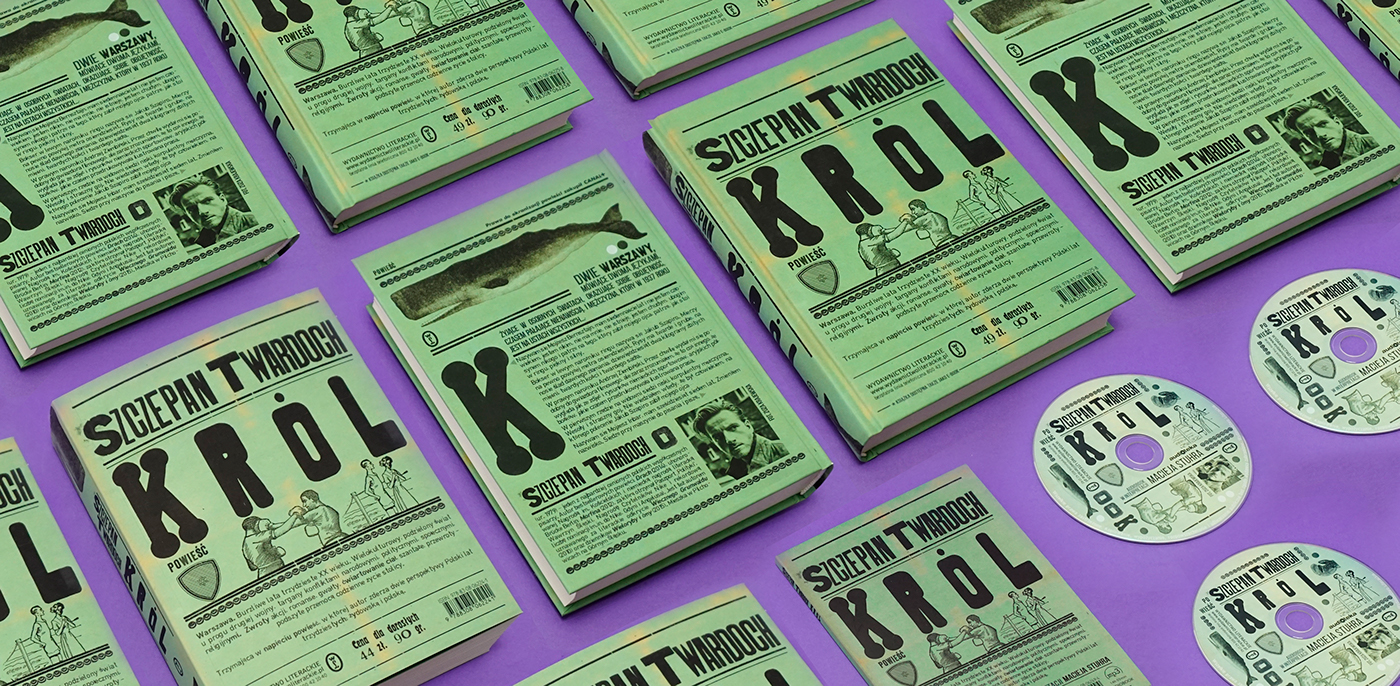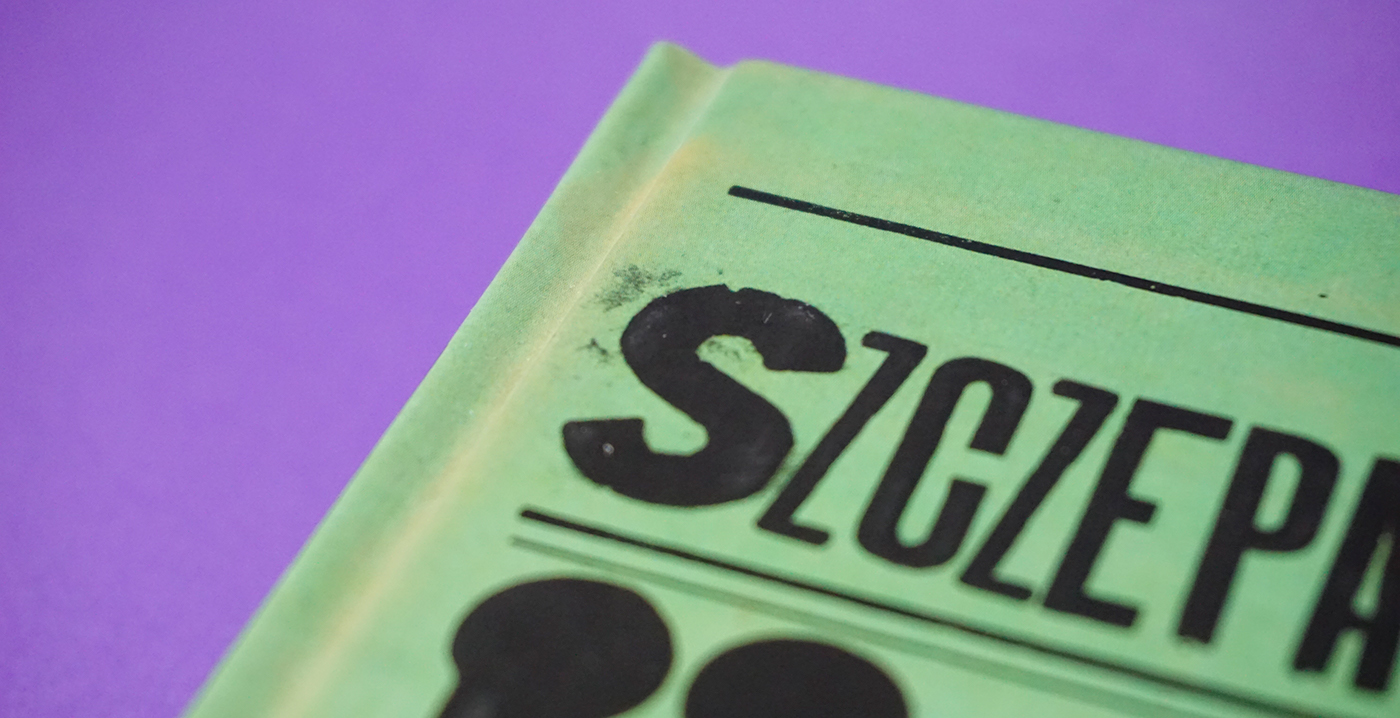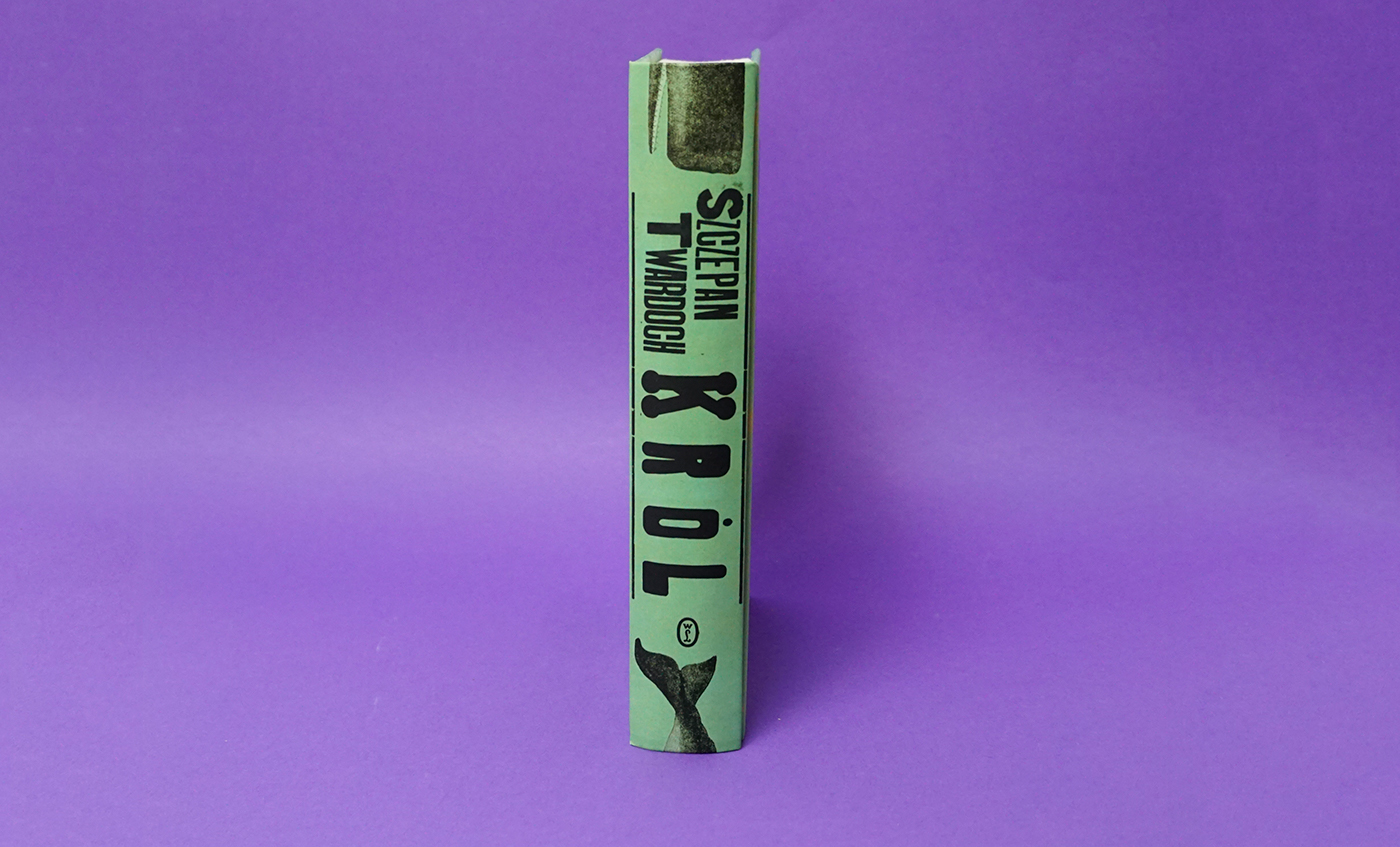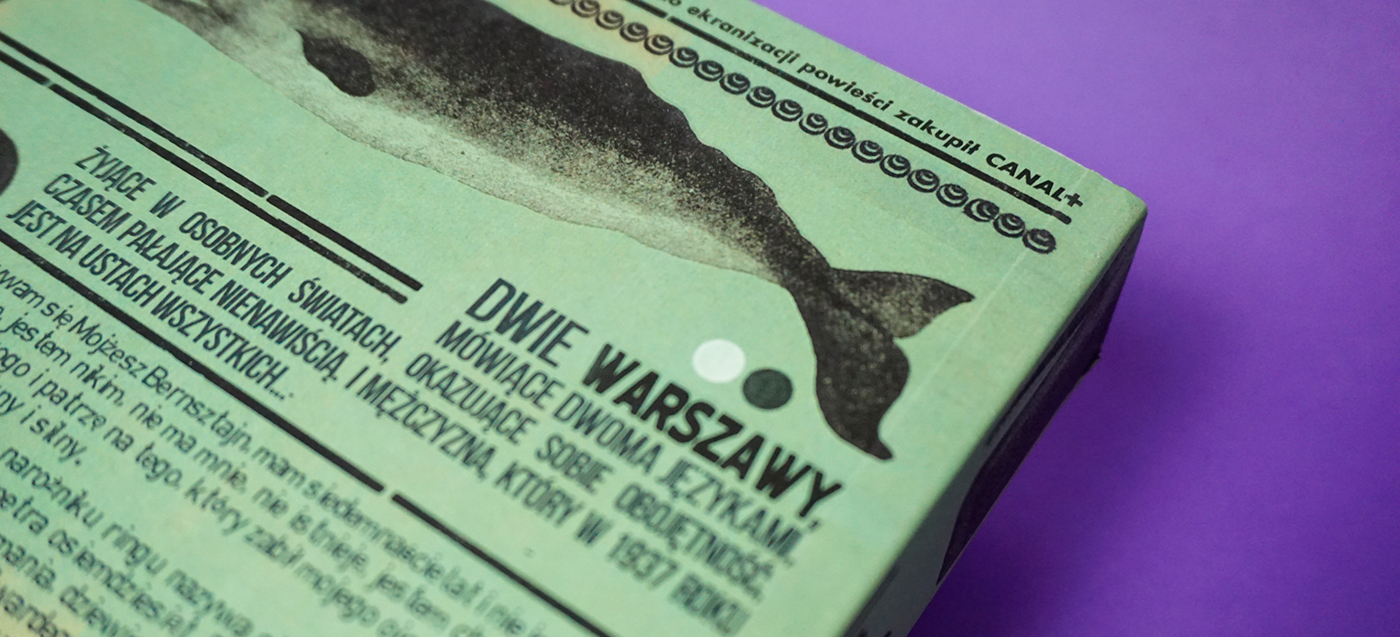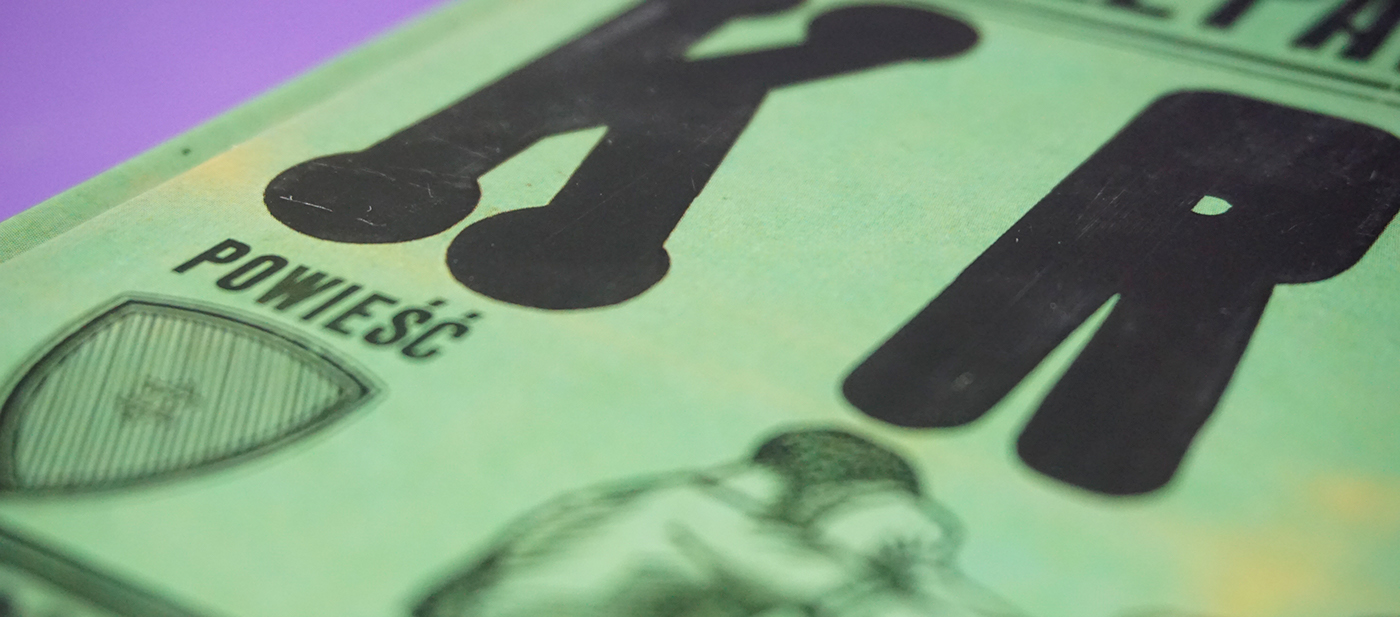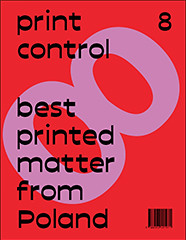
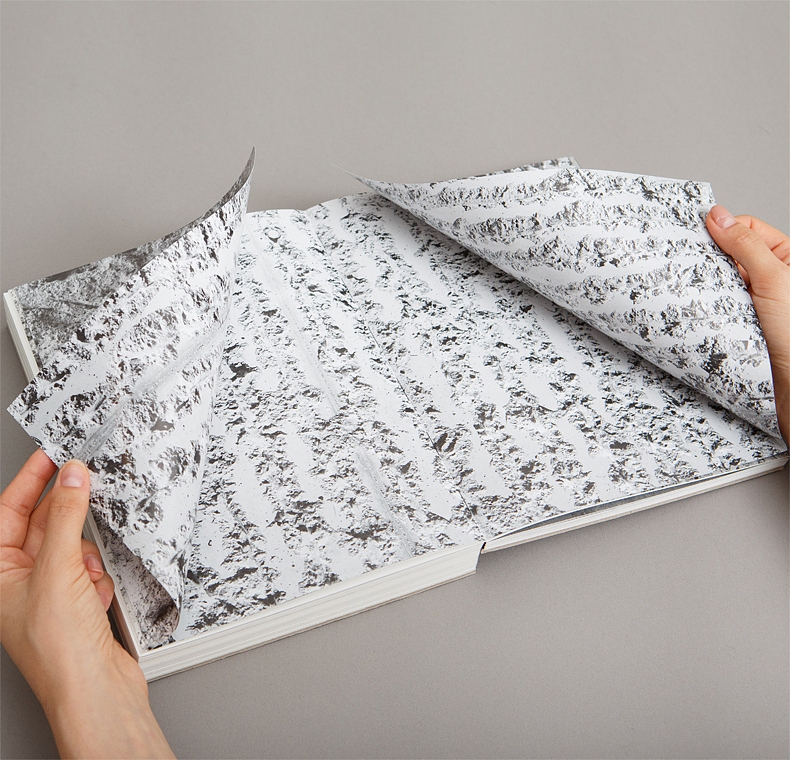
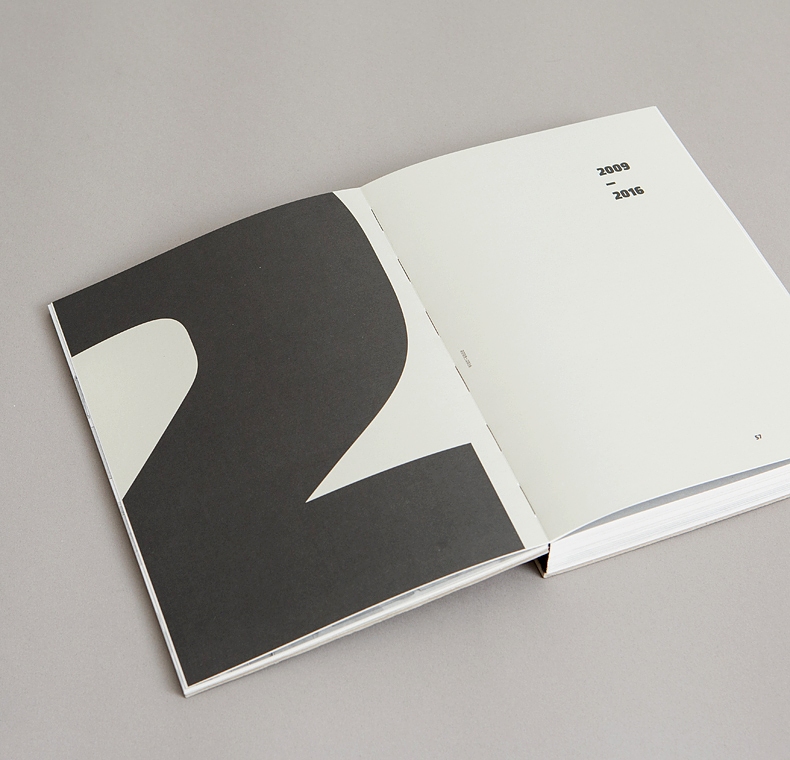 project Teatr w Budowie. Dziennik podróży. Bolesław Stelmach
project Teatr w Budowie. Dziennik podróży. Bolesław Stelmach
design kilku.com (Idalia Smyczyńska, Paweł Szarzyński, Robert Zając)
format 175×241 mm
typeface Karmina Sans, Klavika Display
paper uncoated black, cardboard, uncoated
print run 500
publisher Ośrodek „Brama Grodzka – Teatr NN”, Centrum Spotkania Kultur w Lublinie
year 2016
The book “Dziennik podróży” [“Theatre under Construction. Travelog”] records the process of building the Centre for the Meeting of Cultures in Lublin. Winning an international architectural competition in 2009 kicked off a seven-year “expedition” through the redevelopment concept of the “modern ruins” of an opera theatre, the construction of which began in 1972 and was completed in 2016. The book received an award in a prestigious 50 Books | 50 Covers competition.
Książka „Dziennik podróży” jest zapisem powstawania Teatru w Budowie – Centrum Spotkania Kultur w Lublinie. Zwycięstwo w międzynarodowym konkursie architektonicznym w 2009 roku zapoczątkowało proces opracowywania nowej koncepcji „współczesnych ruin” – teatru operowego, którego budowa rozpoczęła się w 1972 roku, a zakończyła w roku 2016. Projekt został nagrodzony w prestiżowym konkursie 50 Books | 50 Covers.
Read More